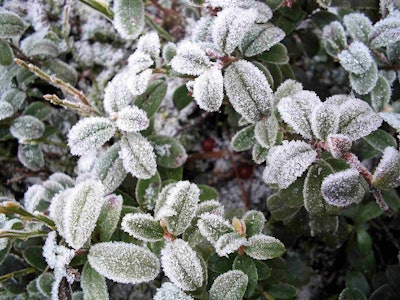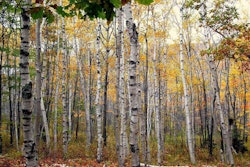 Traditional methods of breeding plants with greater resistance to cold temperatures have met with limited success.
Traditional methods of breeding plants with greater resistance to cold temperatures have met with limited success.Photo: Wikipedia
Researchers from Technical University Munich, the Helmholtz Center Munich and the University of Nottingham have discovered which plant hormone helps increase frost resistance.
Brassinosteroids, which had been discovered in 1979 and later identified as a plant growth hormone, were studied in the little herb known as thale cress (Arabidopsis thaliana).
This plant is known for its ability to survive in low temperatures and increase its tolerance to the cold by adapting.
“Stress caused by cold is an environmental influence which has a direct effect on the growth and yield of plants,” plant molecular biologist Brigitte Poppenberger told ScienceDaily.
As part of the experiment, the scientists placed wild thale cress in a laboratory and exposed it to slowly decreasing temperatures. They discovered that it began to modify the expression of genes.
“This reduces its growth, which increases its chance of survival,” Poppenberger said.
This response is the natural protective mechanism of the normal plants. When the scientists placed mutated versions of the plant that could not synthesize brassinosteroids or recognize them as a signal in the lab, they began to show signs of damage in temperatures around six degrees below zero while the wild-varieties survived.
It was discovered that the brassinosteroids regulate a protein that, in turn, controls gene expression. By altering the protein composition of the cells, it can signal to the plant to change its fatty acid composition, effectively stocking up on “winter fat” on the molecular level.
“The conventional method of breeding more resistant plants has not been very successful so far, as resistance to cold and reduced growth are difficult to separate,” Poppenberger said.
She feels that the discovery involving brassinosteroids will open new opportunities to bring out those characteristics in plants.









